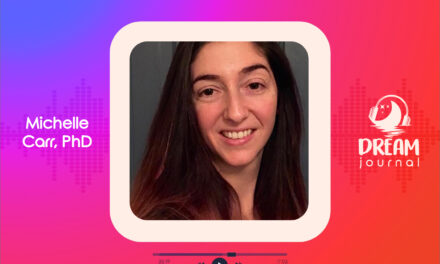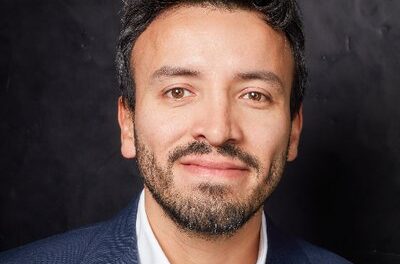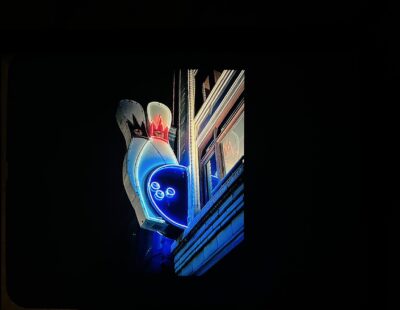
Lucille Tepperman is a student at Cabrillo College. This is a short feature she produced about UCSC’s Genomics lab creating small organelles made of stem cells in order to better understand brain development.
New Research at the Genomics Institute
Host Intro : At the UCSC Genomics Institute, scientists are making “mini-brains”…They’re not real brains, but a cluster of human stem cells. This new research will allow neuroscientists to observe how neurons communicate with each other on a basic level. Lucille Tepperman met with these so-called braingeneers to discuss how they are growing and studying three-dimensional models of brain tissue and what it means for the future of medicine.
Tim Harris: You can grow cells of different types, right. It’s like, we can take cells, like stem cells, essentially, and make them the brain cells.
I met with the Tim Harris of the Genomics Institute who directs the dry lab, or the computer lab as many of us know it. He holds a PHD in computational science, and is working with neuroscientists on a new project in live Cell Genomics.
Tim Haris: So we grow these little brains, organoids and we grow them on these little plates that have all of these little hairs, so we can monitor their neural electro-magnetic activity, so you can see the way that neurons are communicating, right.
SFX (20 seconds — wet lab sounds)- Whirring machine sounds from the wet Lab) : This is the sound of equipment in the wet lab where Jess Sevetson does much of her research. The whirring sound we hear is coming from a centrifuge. This machine is used in research and clinical laboratories for the purification of cells, or proteins.
Jess Sevetson: So, we use 3D bundles of stems cells that have been given chemical cues to become brain cells, and then I listen to those brain cells communicate with each other.
Narration: Jess Sevetson is a post-doctoral scholar doing research in neuroscience at the Genomics Institute in Santa Cruz. She’s part of the team working with David Haussler, professor of bio molecular engineering and scientific director of the Institute. So I was wondering, brains think, do these mini-brains think?
JS: “Mini brains” are what we typically call the when we are talking to, you know our parents, or members of the media. But it’s not entirely accurate, right? because it conjures this image of a full human brain that’s been shrunk down to size magically, and that’s not what it is.
It’s a bundle of cells that have been convinced to become brain cells. It looks more like an tiny eraser-sized bundle of tissue, rather than a miniature brain.
Narration: By creating a system of wired cerebral organoids, which are three-dimensional models of brain tissue, and connecting them to an external AI program, researchers hope to gain new insights into how our brains learn and adapt.
“The amazing thing about the brain is how it adapts and changes in the process of learning things,” says David Haussler. Improving the technology for growing cerebral organoids will make this important research tool more powerful and more widely available.
Haussler did influential work in the field of machine learning in the 1980s and 90s before turning his attention to bioinformatics. Now he wants to combine neuroscience and machine learning in new ways to advance the understanding of the human brain.
JS: The neurons do have activity, so they can tell us basic things about the way our brains work and it’s a lot easier to study and access them in large numbers. Basically, it’s a way to study the developing human brain, which normally you can’t study for obvious ethical reasons.
This work allows us to scale up these studies to learn about how development goes right, how it goes wrong and how we can help me when it went wrong.
Narration: It’s here in beachy Santa Cruz at Westside Research Park that advances in technology and open-source genomics platforms are revolutionizing the life sciences.
Narration: Ultimately, the goal of this research on how our brains have developed and how they function, is to advance therapeutics that can help people who are suffering from brain damage, or to cure diseases like cancer or neurological disorders like Alzheimer’s.
This is Lucille Tepperman on KSquid, 90.7 FM. I’ve been your host for this report on new research being done in live cell genomics with mini-brains at the Genomics Institute in Santa Cruz. Thanks for listening to KSquid. Many voices, one station.










